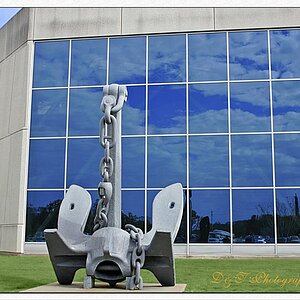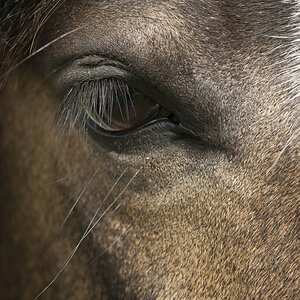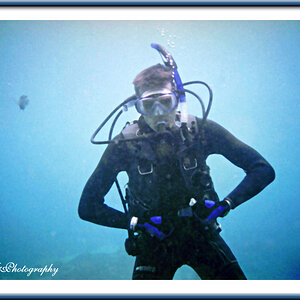elliotjnewman
TPF Noob!
- Joined
- Jan 24, 2005
- Messages
- 25
- Reaction score
- 0
I own a Bronica etr-c 645 with a 75mm lens a handheld meter and a tripod.
I want to take some shots of my family outside next weekend, do I have ok equipment for this? I am thinking about getting a waist level viewfinder prism, and a cable for my exposure release...
Maybe I should get a reflector too? Oh and what film would you recommend? I was thinking velvia 100...
Also I have a problem with my handheld meter - it seems to have a drastically different reading when I use spot or average - almost all the time the spot meter will give a faster reading than average...
I want to take some shots of my family outside next weekend, do I have ok equipment for this? I am thinking about getting a waist level viewfinder prism, and a cable for my exposure release...
Maybe I should get a reflector too? Oh and what film would you recommend? I was thinking velvia 100...
Also I have a problem with my handheld meter - it seems to have a drastically different reading when I use spot or average - almost all the time the spot meter will give a faster reading than average...


![[No title]](/data/xfmg/thumbnail/32/32708-c55da623febe9d91efe5f28aa54c3090.jpg?1619735612)
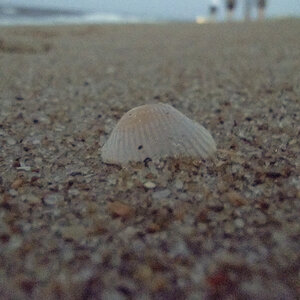
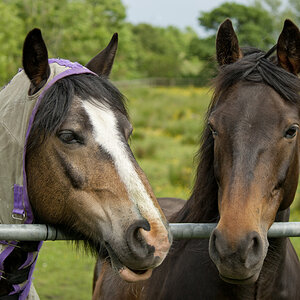
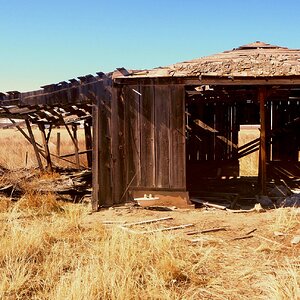
![[No title]](/data/xfmg/thumbnail/32/32706-50b778fbc110c8ea4472547d54c6a923.jpg?1619735610)
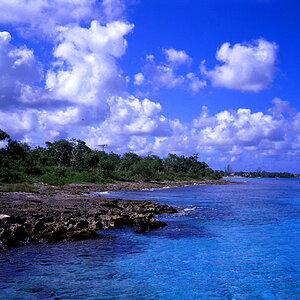
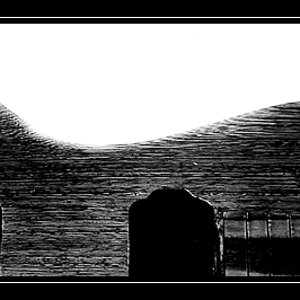
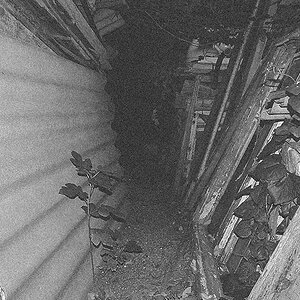
![[No title]](/data/xfmg/thumbnail/38/38740-d1a7721cf77e9309a9b4a4829c65fdd4.jpg?1619738704)
